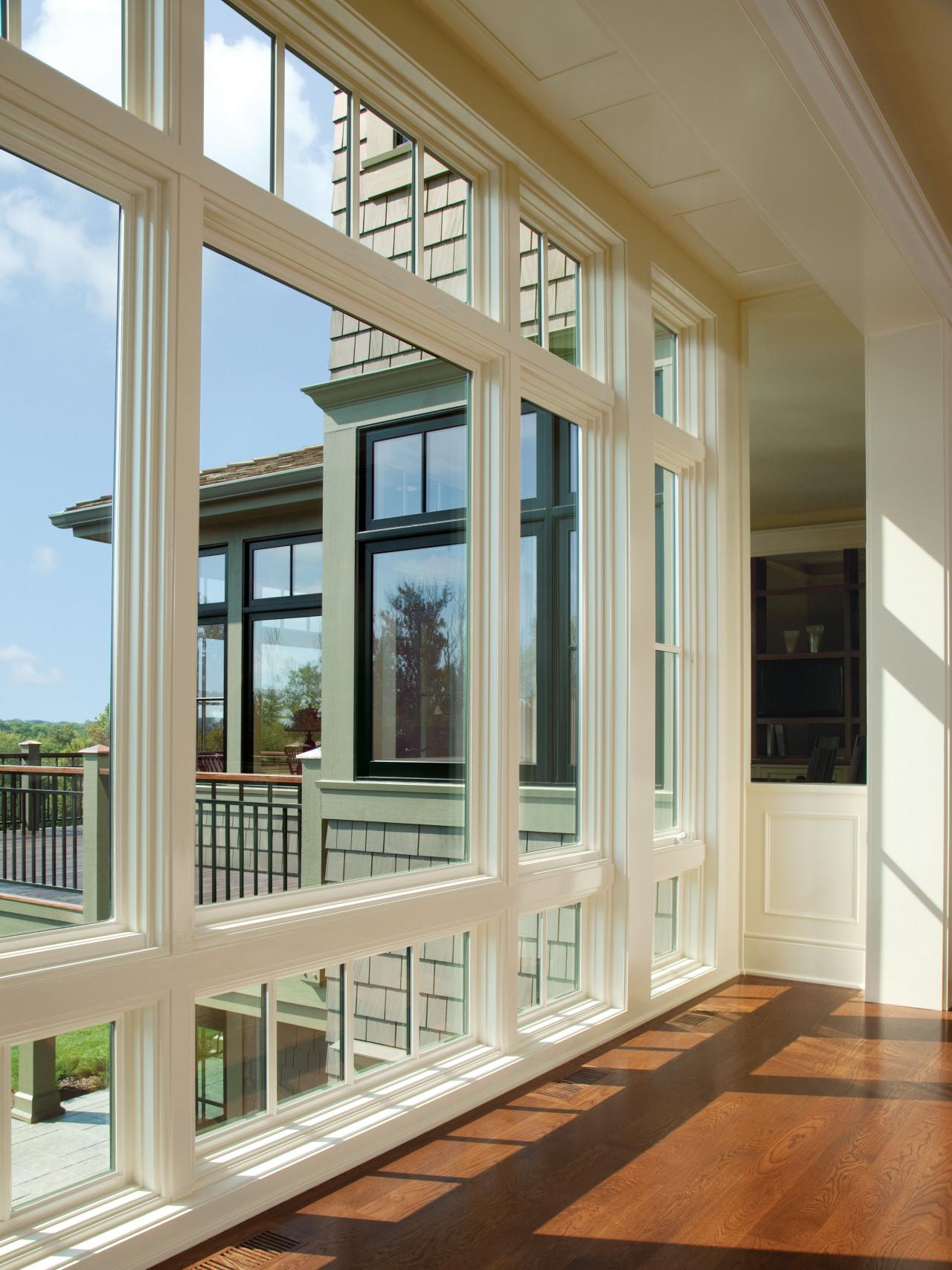
Window woes indoors can be a significant source of discomfort, costing you money and energy every month. Dealing with drafts and malfunctioning window latches can be frustrating, but tackling these issues from the inside can be surprisingly straightforward. This thorough guide will walk you through the process of determineing, diagnosing, and fixing interior window problems, including drafts and broken latches. We’ll explore practical solutions and offer step-by-step instructions to tackle these issues yourself. This article will cover the necessary tools, and various methods to address your window problems. We’ll also discuss crucial safety considerations to keep in mind while you work.
determineing the Source of the Problem
Understanding Window Drafts
Window drafts are often the culprit behind chilly rooms and wasted energy. They can be caused by gaps around the window frame, damaged weather stripping, or even poorly fitted windows. Properly determineing the cause is crucial for implementing the right solution.
Diagnosing Broken Latches
Malfunctioning latches often lead to rattling and loose windows, creating unsightly and drafty scenarios. This is often a outcome of worn-out components, misaligned mechanisms, or even general wear and tear. Early diagnosis is crucial to avoid further damage and costly repairs down the line.
Fixing Window Drafts
Related Post : do interior designers charge
Sealing Gaps and Cracks
A crucial step in eliminating drafts involves effectively sealing gaps around window frames and openings. This often involves weather stripping or using expanding foam to fill any visible gaps. Proper measurements are essential; a poorly placed seal will not address the problem.
Replacing Weatherstripping
This method involves replacing old or damaged weatherstripping with newer, more effective ones that are specifically designed for your window type. varied types of weatherstripping exist for various scenarios and thus selecting the correct material is critical. Always follow the manufacturer’s instructions carefully for installation.
Repairing Broken Latches
Lubricating the Mechanism
Sometimes, the problem lies in the latch mechanism itself, which may have become stiff or corroded due to lack of lubrication. Applying a suitable lubricant, such as WD-40 or white lithium grease, can often resolve this issue. select the lubricant appropriate to the type of metal involved.
Replacing Worn-Out Parts
In cases of significant wear and tear, replacing worn-out components may be necessary. This will depend on the particular type and complexity of the latch mechanism.
Additional Tips and Considerations
Safety Precautions
When working with windows and tools, always prioritize safety. Use appropriate safety gear and be cautious to avoid potential injuries while performing tasks on heights or if you have to maneuver close to sharp edges. Safety Glasses are essential.
Cost-efficacy
Weighing the costs and benefits of DIY repairs versus professional help is a crucial facet of the process. Consider the complexity of the repair and whether you have the necessary skill set to handle it effectively.
Maintaining Your Windows
Regular Inspections
Regular inspections can help catch small issues before they escalate into larger problems, saving time and money. Checking for any signs of damage or misalignment is crucial in preventing further problems.
Preventive Maintenance
Preventive maintenance techniques like regularly lubricating moving parts and cleaning the window frames can significantly extend the lifespan of your windows, while increasing energy efficiency.
How can I tell if my window latches are malfunctioning?
What safety precautions should I take when working on my windows from the inside?
Are there any long-term solutions to avoid recurring window problems?
In conclusion, fixing window drafts and broken latches from the inside is a manageable task with the right tools and techniques. By understanding the varied causes of these problems and implementing the solutions outlined above, you can significantly improve the energy efficiency and comfort of your home. Remember to prioritize safety and select the appropriate tools for each job. If you encounter complex issues, consulting a professional is always recommended. Don’t let window woes disrupt your indoor comfort; take action today! For more related articles, visit [website address].